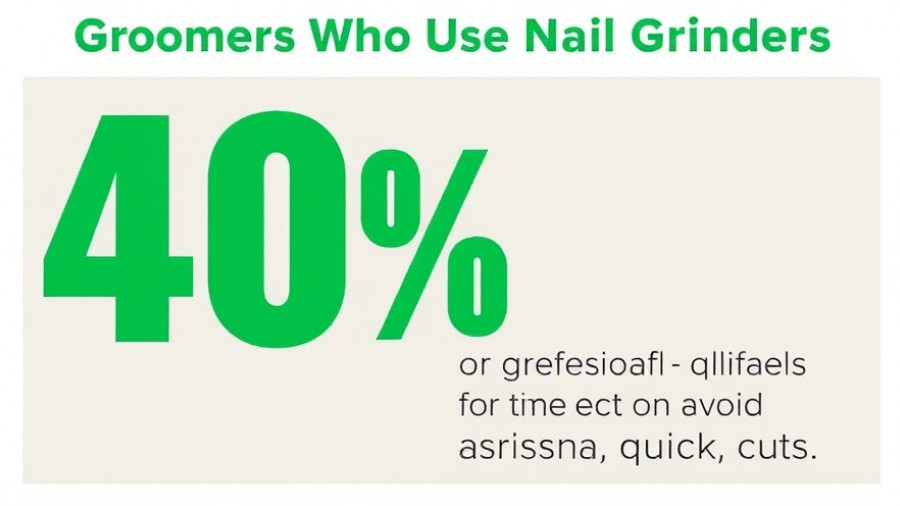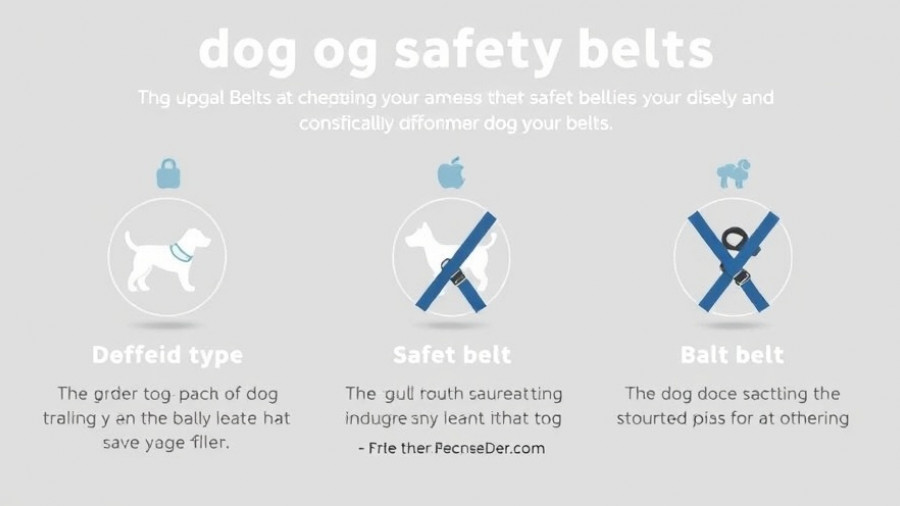
Understanding the Risks: Keeping Your Dog Safe by the Pool
Every summer, countless families enjoy the joy of swimming pools, but these recreational areas can pose significant dangers to our canine companions. The American Red Cross highlights that thousands of pool-related emergencies are reported each year, especially concerning pets. Therefore, it's crucial for every dog owner to be informed about the profound risks associated with swimming pools and implement comprehensive safety plans to protect their beloved pets.
Identifying Pool-Related Hazards for Dogs
Primarily, there are three major hazards that can injure or lead to the drowning of dogs around swimming pools. The unpredictability of water depth remains the greatest threat. Generally, most dogs cannot accurately judge the safety of submerged areas. Each year, an estimated 5,000 family pets succumb to drowning in domestic pools. Small breeds like Chihuahuas and Dachshunds are particularly vulnerable in standard pools, which commonly range from four to six feet deep. Furthermore, dogs fatigue faster than many owners might think. Research indicates that canines exhaust their energy levels approximately 40% quicker than humans, mainly due to their unique body structures.
Chemical Risks: Protecting Against Pool Chemicals
The use of chemical treatments in swimming pools is another often-overlooked danger for dogs. Chlorine concentrations above three parts per million can lead to serious health issues, causing skin irritations or eye damage within just 15 minutes of exposure. Moreover, saltwater pools can contain sodium levels between 3,000-4,000 parts per million, presenting hydration risks and potential kidney stress when dogs consume this water. Additionally, certain pool shock treatments and algaecides contain compounds harmful to dogs, burning their paws and mouth tissues upon contact. Thus, considering the safety of our furry friends must go beyond keeping an eye on them; it also involves monitoring the pool's chemical balance.
Creating Safe Spaces: Avoiding Slip Hazards
The surfaces surrounding pools can also be treacherous for dogs. Wet concrete or tiles create risky slip zones. According to emergency veterinary reports, 18% of dog injuries connected to pools arise from falls on slick surfaces. Dogs may not easily stop on these surfaces, leading to torn ligaments or broken bones, while areas with sharp edges can cause deep cuts during falls. Additionally, metal pool ladders can skyrocket in temperature during direct sunlight, becoming excessively hot and posing a burn risk for their paws.
The Importance of Water Quality: Staying Vigilant
Another hidden danger lies in contaminated pool water. Algae blooms can produce toxins harmful to dogs, potentially causing liver damage and neurological symptoms. Stagnant water may contain harmful bacteria such as Giardia or E. coli, leading to severe gastrointestinal infections. Active dogs tend to drink significantly more water, increasing their risk of waterborne illnesses. Furthermore, improper mixing of pool maintenance chemicals may lead to toxic gas pockets, particularly chloramine gas, which can severely affect respiratory systems. Therefore, keeping pools clean is not just about aesthetics; it is vital overall health for our pets.
Equipping Your Pool for Dog Safety
To mitigate these risks effectively, dog owners must implement a series of safety measures. Installing safety fences around the pool area can provide a primary defense barrier, preventing dogs from wandering into danger zones. Additionally, using non-slip mats around the pool's perimeter can offer dogs better traction and reduce the likelihood of falls. Finally, investing in positive training sessions about water exposure can guide dogs safely around pools.
The Craft of Building a Comprehensive Pool Safety Plan
Creating a safety plan requires diligence and understanding of your dog's specific needs and behaviors. Each dog is unique, and ensuring they are comfortable around water will reduce panic-induced risks. Building positive associations with the pool, including training sessions, can prepare them for unexpected situations.
Final Thoughts: Prioritizing Your Dog's Safety
Ultimately, prioritizing your dog's safety around swimming pools means being proactive, educating yourself about the risks, and implementing the necessary precautions. A backyard pool should and can be an enjoyable space for both humans and their pets. Taking measures to protect your furry friends invites not only peace of mind but allows everyone to savor those sunny summer days.
If you want to ensure your dog's poolside enjoyment while minimizing risks, consider formulating an effective safety plan today.
 Add Row
Add Row  Add
Add 




Write A Comment